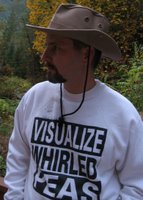I took some in-progress shots along the way.

My first session was just establishing some water color and beach color. Then I moved on to the figures.

I finished sketching in the figures and boat without trying to be too tight and detailed for this size painting.

I finished up with darkening the distance after trying it lighter. I think the difference in light reflecting on the water is greater than the atmospheric lightening that I usually think of in landscape painting. The darker water also helped the boat and figures pop out more.

20" x 16" Oil on pumice panel.

4 comments:
James:
This is beautiful!
Cat
Thanks, it was fun. Margo had a great photo there.
James very nice!
When you say "oil on pumice panel", what do you mean exactly? Is this a canvas wrapped around a pumice stone?
Thank you!
Andy
Lately I have been painting on MDF panels that are gessoed with a acrylic gesso mixed with Pumice powder. I apply it with a roller to avoid leaving brush strokes that show through to the surface of the painting. The pumice gives a little grain and roughness to the panel. It also makes the oil paint dry faster.
I like how it has been working and will probably mix either pumice or marble dust into my gesso unless I want a very smooth surface when I use a wood support. These are both commonly available additions available at fine art supply stores. They are archival as long as you don't add too much and affect adhesion.
I learned of the technique from Larry Seiler and Marc Hansen.
Post a Comment